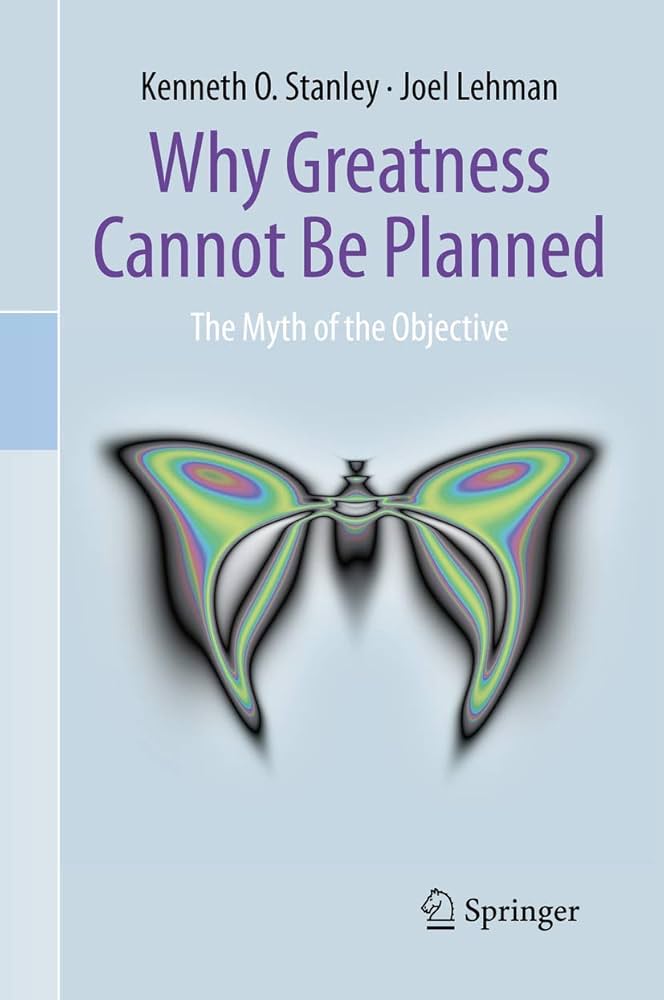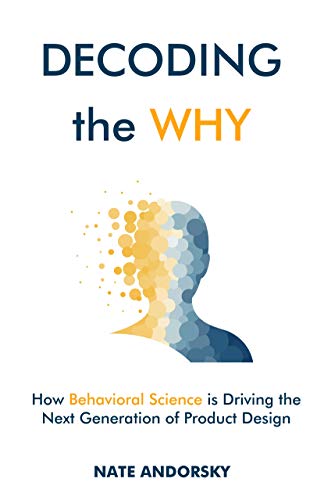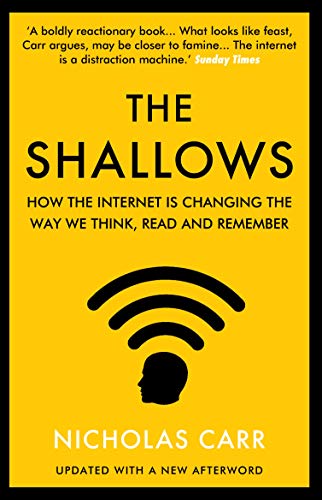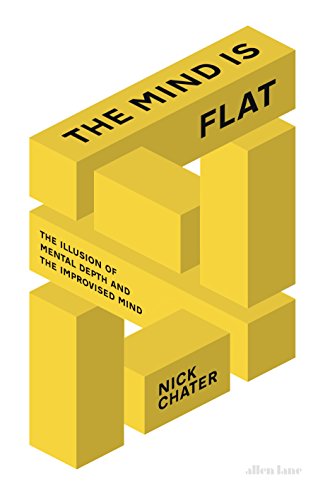I recently finished a very short book with an intriguing title: Why Greatness Cannot be Planned.

It’s an unconventional self-help book disguised as a computer science research exposition (that’s why the publisher is Springer). I strongly recommend reading it. Here is a taste of the book’s main ideas.
Objectives only work when your goal is one hop away from where you are
Setting a goal makes sense when you know how to achieve them. Let’s say you’re a published author working on your next book and you already have an agreement with a publisher. In this case, setting an objective for yourself that you should finish the first draft by a specific date makes sense because everything is in place for you to achieve it. ...






